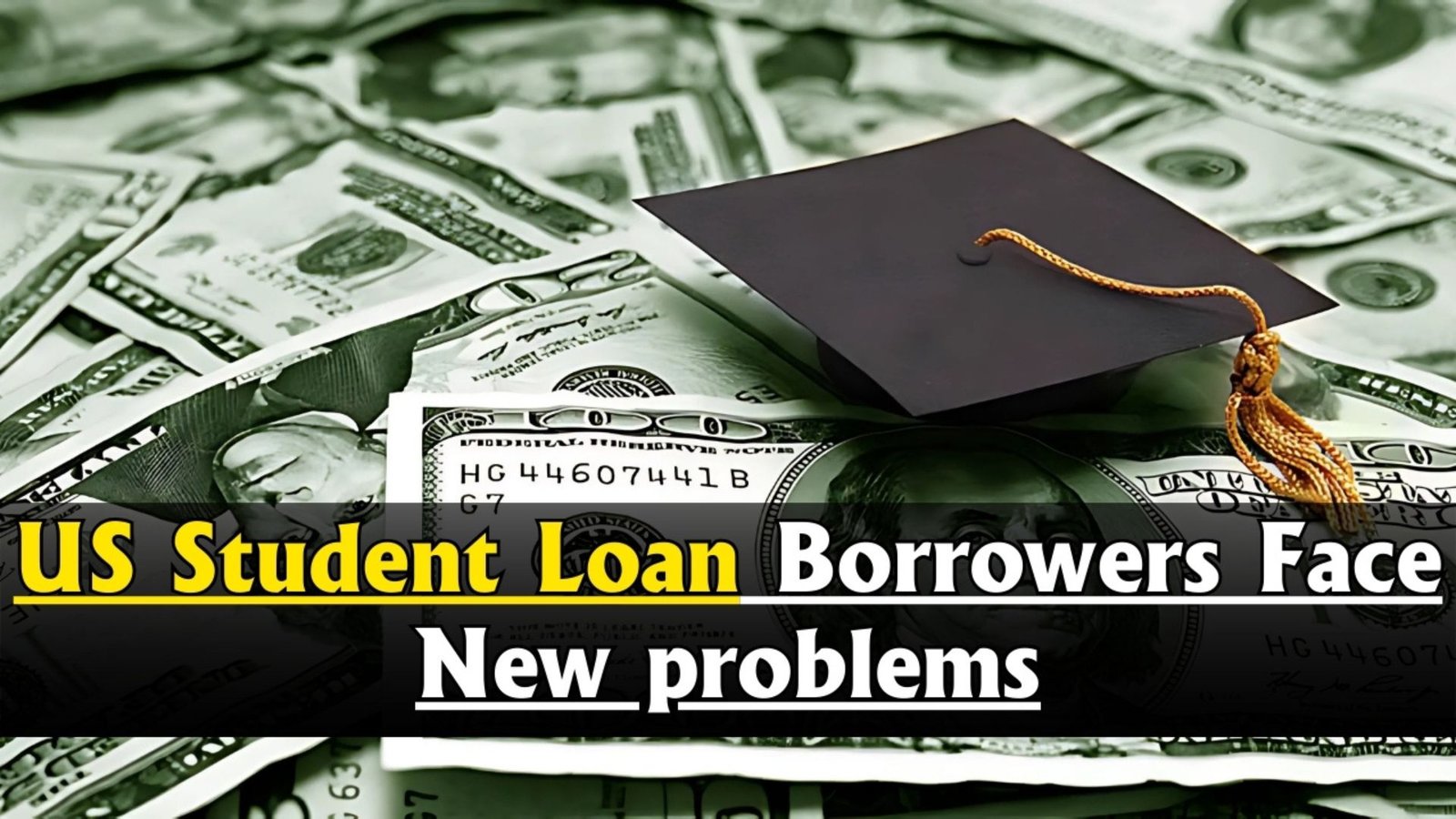With student loan debt in the US reaching $1.76 trillion and affecting 43 million people, 2025 has brought new challenges for borrowers. From confusing policy changes to issues with loan servicers, the system feels overwhelming. But don’t worry—this guide breaks down the problems in simple terms and offers practical steps to manage your loans effectively.
The SAVE Plan: Why It’s Not Working and How to Fix It
The Saving on a Valuable Education (SAVE) plan was meant to make loan payments easier by capping them at 5% of your income for undergraduate loans. However, many borrowers are facing delays, errors, and incorrect payment amounts.
What’s Going Wrong?
- Applications take 4–6 months to process.
- Some borrowers are charged double or triple what they owe.
- The Department of Education admits there are problems but hasn’t offered clear fixes.
How to Handle It
- Keep Records: Write down every call or email with your loan servicer, including dates and names. This helps if you need to dispute something.
- Ask for a Manual Check: Use Form ECF-03 to request a human review of your payment calculations. It’s slower but more accurate.
- Use the SAVE Calculator: Visit savecalculator.org to figure out your correct payment. Show this to your servicer if they make a mistake.
- File a Complaint: Contact the Consumer Financial Protection Bureau’s student loan division. Complaints often get faster results.
Loan Servicer Transfers: Dealing with the Confusion
In the last 18 months, 16 million borrowers had their loans moved to new servicers. This has caused lost payment records, wrong charges, and even some loans marked as default by mistake.
Why Is This Happening?
Several big servicers stopped handling federal loans, leaving others overwhelmed. Borrowers with Mohela, Aidvantage, and Edfinancial are seeing the most issues.
What You Can Do
- Save Your Payment History: Download your payment records from your current servicer’s website before or right after a transfer.
- Check Your Loan Details: Within 30 days of a transfer, confirm your new servicer has the right loan terms, payment counts, and interest rate.
- Track Payments Yourself: Keep a personal record of payments until you trust the new servicer. Use bank payments instead of auto-debit for better proof.
- Request a Review: If something looks wrong, ask for an “account reconciliation review” to compare your loan history with official records.
Public Service Loan Forgiveness (PSLF): New Problems for Borrowers
The PSLF program, which forgives loans for public service workers, is causing headaches. Some borrowers were told their payments no longer count, and others had their forgiveness reversed due to “errors.”
What’s the Issue?
- A recent rule change made it harder for payments to qualify.
- Some borrowers who got forgiveness were later told their loans were back.
Steps to Protect Yourself
- Save Your PSLF Count: Use the PSLF Help Tool on StudentAid.gov to download your payment count every three months.
- Submit Employment Proof Often: Send employer certification forms every six months, not just yearly, to keep your records clear.
- Appeal Rejected Payments: Use the “PSLF Reconsideration Process” on the Federal Student Aid website to fight disqualified payments.
- Get Legal Help: If your forgiveness was reversed, contact the Student Borrower Protection Center or Student Defense for free legal advice.
Aggressive Debt Collectors: Know Your Rights
After a long pause during the pandemic, debt collectors are back and more aggressive than ever. Some are using scare tactics or sending fake legal notices to pressure borrowers.
What’s Happening?
- Collectors make misleading calls or threaten wage garnishment without proper notice.
- Some target loans that should be paused due to financial hardship.
How to Fight Back
- Learn Your Rights: The Fair Debt Collection Practices Act says collectors can’t call before 8 a.m. or after 9 p.m., contact your boss if you say no, or lie about your debt.
- Ask for Proof: Send a letter asking the collector to verify the debt. They must stop calling until they prove it’s real.
- Record Calls: If your state allows it, record collector calls (tell them you’re recording). This can help prove they broke the law.
- Try Fresh Start: The Fresh Start program can fix defaulted loans without paying everything at once. Apply at myeddebt.ed.gov, not through collectors.
Income Verification: Avoiding Payment Spikes
New rules require borrowers on income-driven plans to verify their income twice a year. Missing deadlines can raise your payments or stop progress toward forgiveness.
Why It’s Tough
- The Department doesn’t always remind you to submit income proof.
- People with changing incomes, like freelancers, struggle to show accurate earnings.
How to Stay on Track
- Set Reminders: Mark your calendar 60, 30, and 15 days before verification deadlines.
- Use IRS Data: The IRS Data Retrieval Tool makes submitting income easier, but check if it shows your current situation.
- Keep Income Records: Save pay stubs, tax returns, and job change documents in one place for quick submission.
- Submit Special Forms: If your income varies, use the Alternative Documentation of Income form to show your real earnings.
Conclusion: Taking Control of Your Student Loans
The student loan system in 2025 is messy, but you don’t have to face it alone. By keeping good records, knowing your rights, and using free tools like the SAVE calculator or Fresh Start, you can manage your loans and avoid costly mistakes. Joining groups like the Debt Collective or Student Loan Justice can also help you stay informed and push for bigger changes.
Stay proactive, and don’t let the system overwhelm you. With these simple steps, you can protect your finances and work toward a debt-free future.





